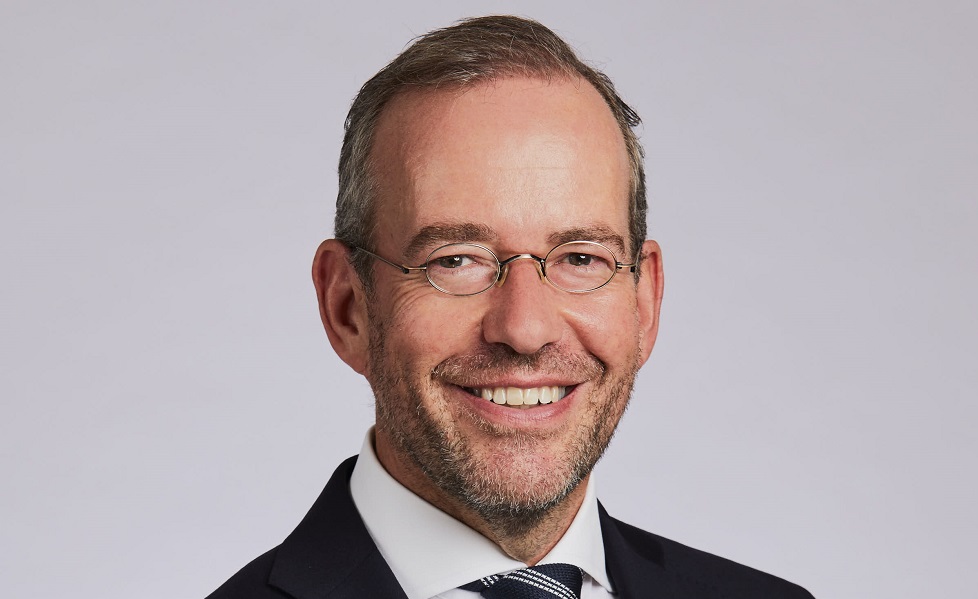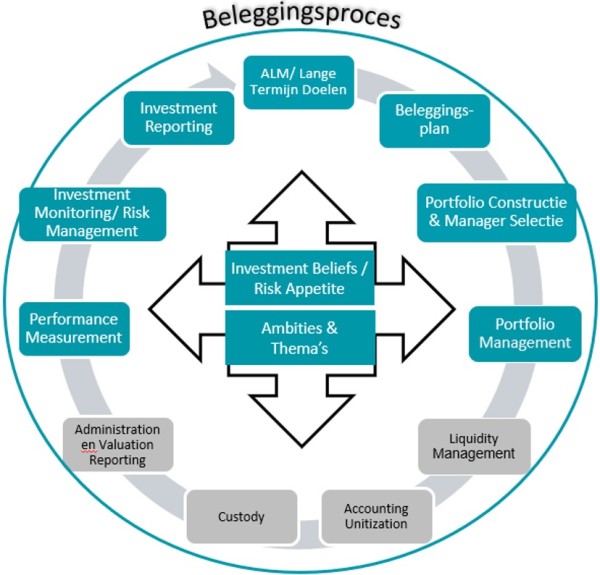Ronald Sijsenaar: ESG needs a more prominent place in risk management
Ronald Sijsenaar: ESG needs a more prominent place in risk management

This column was originally written in Dutch. This is an English translation.
By Ronald Sijsenaar, Partner at Probability & Partners
Financial and non-financial risks for pension funds are increasing as a result of declining biodiversity, climate change and current social relations. It is also no longer news that the regulation of ESG risks is increasingly taking shape and society's expectations regarding socially responsible investing are becoming greater and more specific.
Consider, for example, SFDR and the EU Taxonomy. Risks related to the environment, climate, human rights and social relations (ESG risks) are also mentioned in Article 18 of the Financial Assessment Framework Decree. This stipulates that pension funds must have procedures, internal control mechanisms and policies in place to manage ESG risks.
Yet I regularly hear and read about the struggle of pension funds and asset managers with this theme and its implementation. The difficulty is, of course, largely due to the limited availability of data and information. To set a realistic policy and achievable goals, pension funds need both qualitative and quantitative insights. Those insights are not always available. But the difficulty may also lie in the psychology of reviewing previous choices and unease with the theme.
In recent years, many funds have switched to the relatively cheap passive funds, where few or no active choices had to be made. Now funds may have to move out of this fairly comfortable position, as risk, return and costs are no longer the only thing that matter. It is possible that specific knowledge and skills are lacking in the boardroom and board committee. Most of us received our education at a time when ESG was not a big theme at all.
Whatever the problem, pension funds need policies and specific investment objectives to address the challenges. The uncertainty about every aspect needs to be addressed. Pension funds will need to have an overall picture of all possible risks and a detailed analysis of the biggest risks. To this end, a pension fund must also have insight into the social, physical and transition risks to which the fund and the participants are exposed.
I can already hear you say: 'But we don't know what will happen, do we?' For this reason, the well-known financial stress tests aimed at, for example, the 'Japan scenario', the 'Oil crisis' and the 'Credit crisis' should be structurally expanded with different social and climate scenarios. Pension funds can no longer focus solely on as yet unknown autonomous financial shocks. Temperature rises, policy changes, technological breakthroughs and consumption patterns can also cause financial shocks. These insights are also important for the revision of the mandatory Own Risk Assessment that is probably coming.
Based on the insights provided by stress tests and scenario analyses, pension funds can anticipate these risks and address them concretely. This can be done by making choices in the field of strategic asset allocation, but also by consciously choosing specific investment titles, objects or specialized asset managers at the execution level. This may require a review of the blue-shaded parts of the investment process below:

A certain degree of standardization is efficient, but a 'one size fits all' approach is not the most obvious. Develop fund-specific solutions that take into account the requirements and expectations of your participants, the regulator and society. Develop a set of tools for monitoring environmental, social and governance risks and their impact on the financial position and the investment portfolio. This is an ongoing process that requires a review of the risk management framework and a review of risk appetite.
Probability & Partners is a Risk Advisory Firm that provides integrated risk management and quantitative modeling solutions to the financial industry and data-driven companies.





